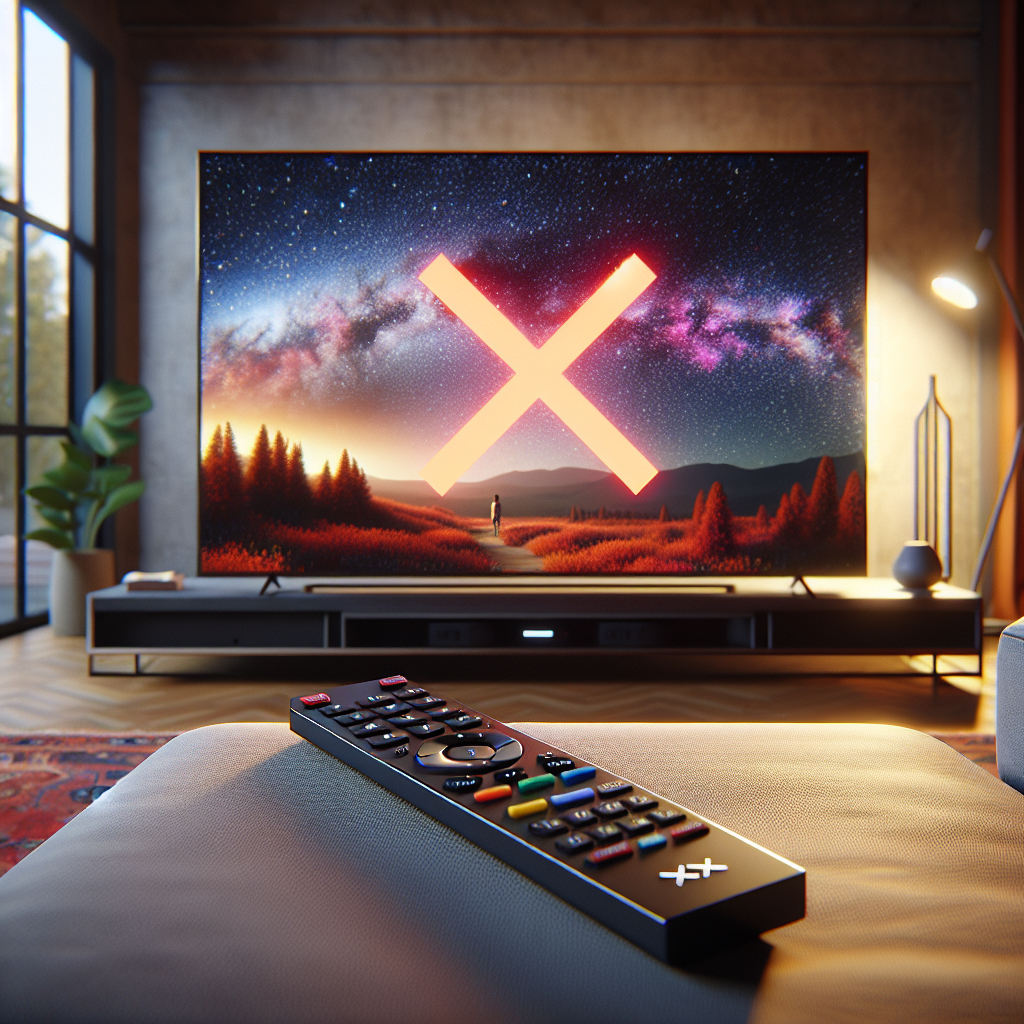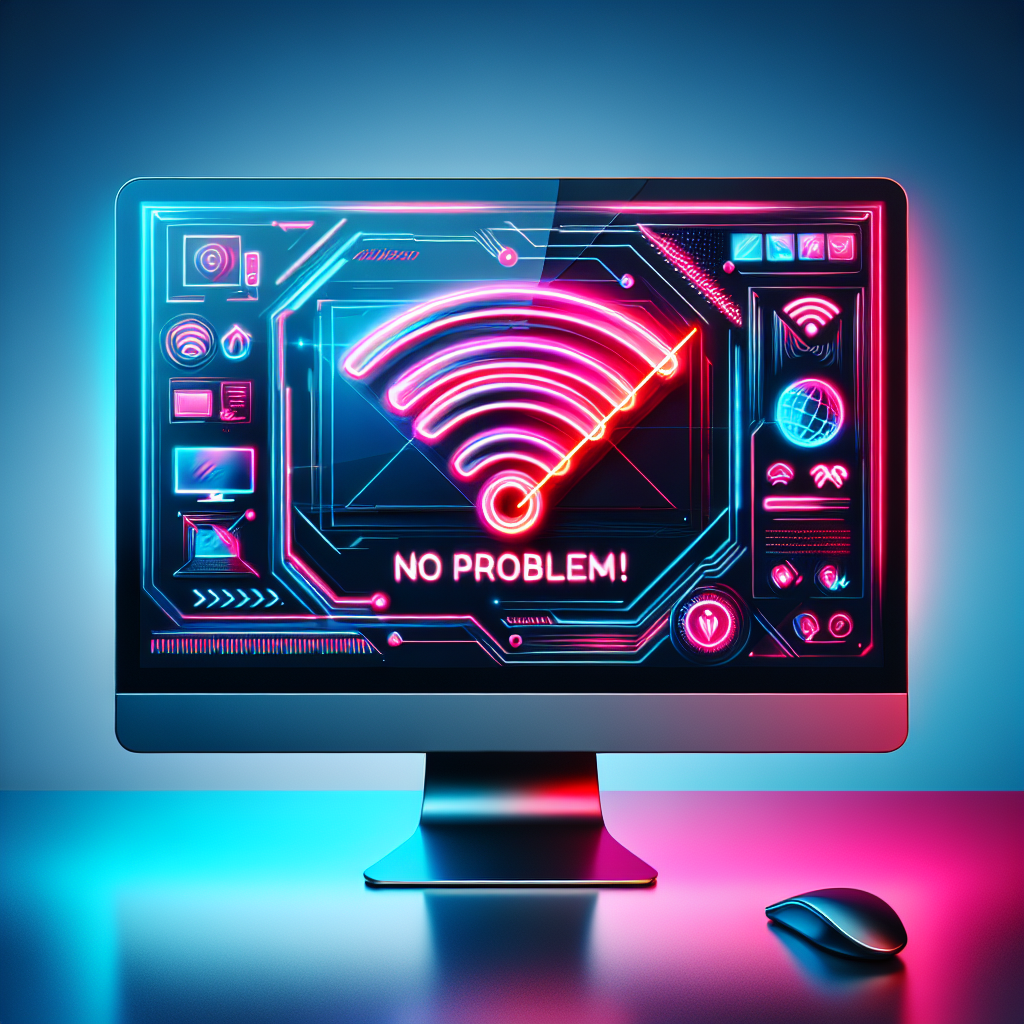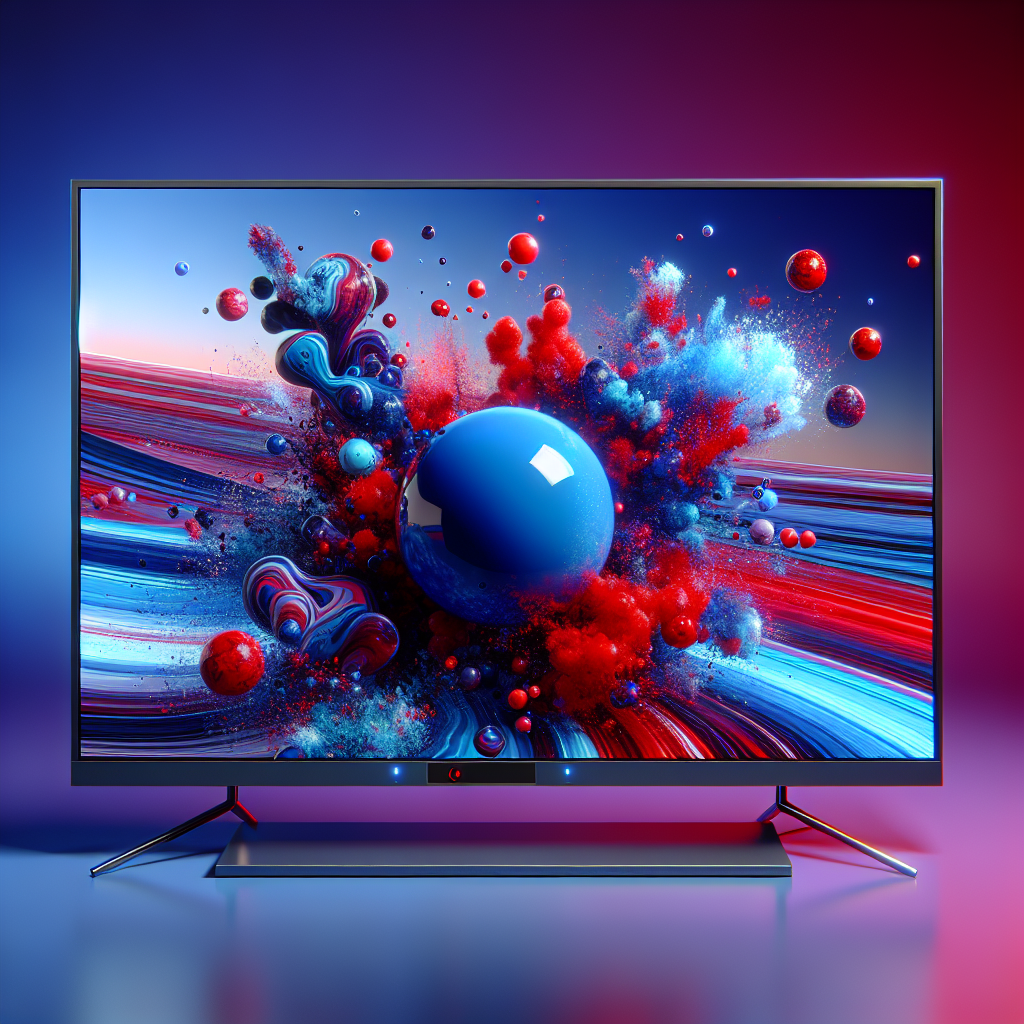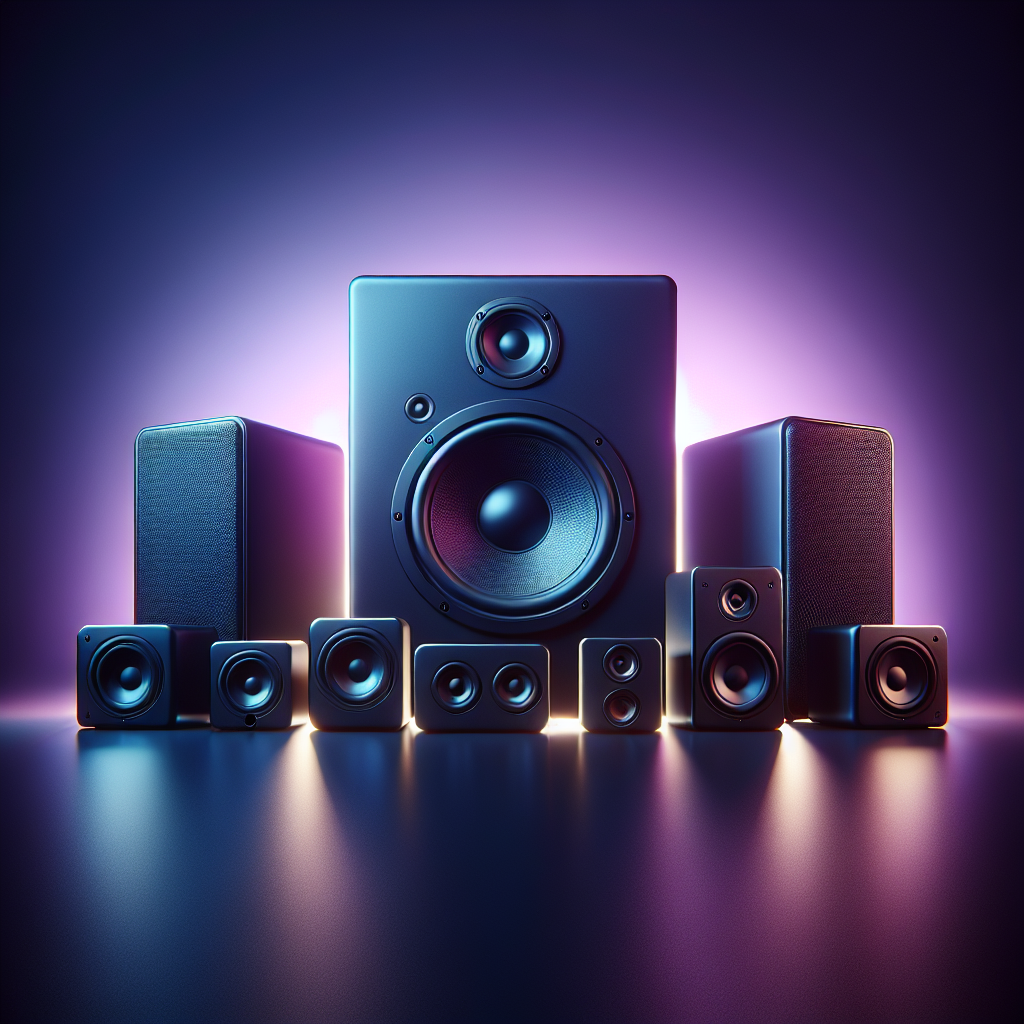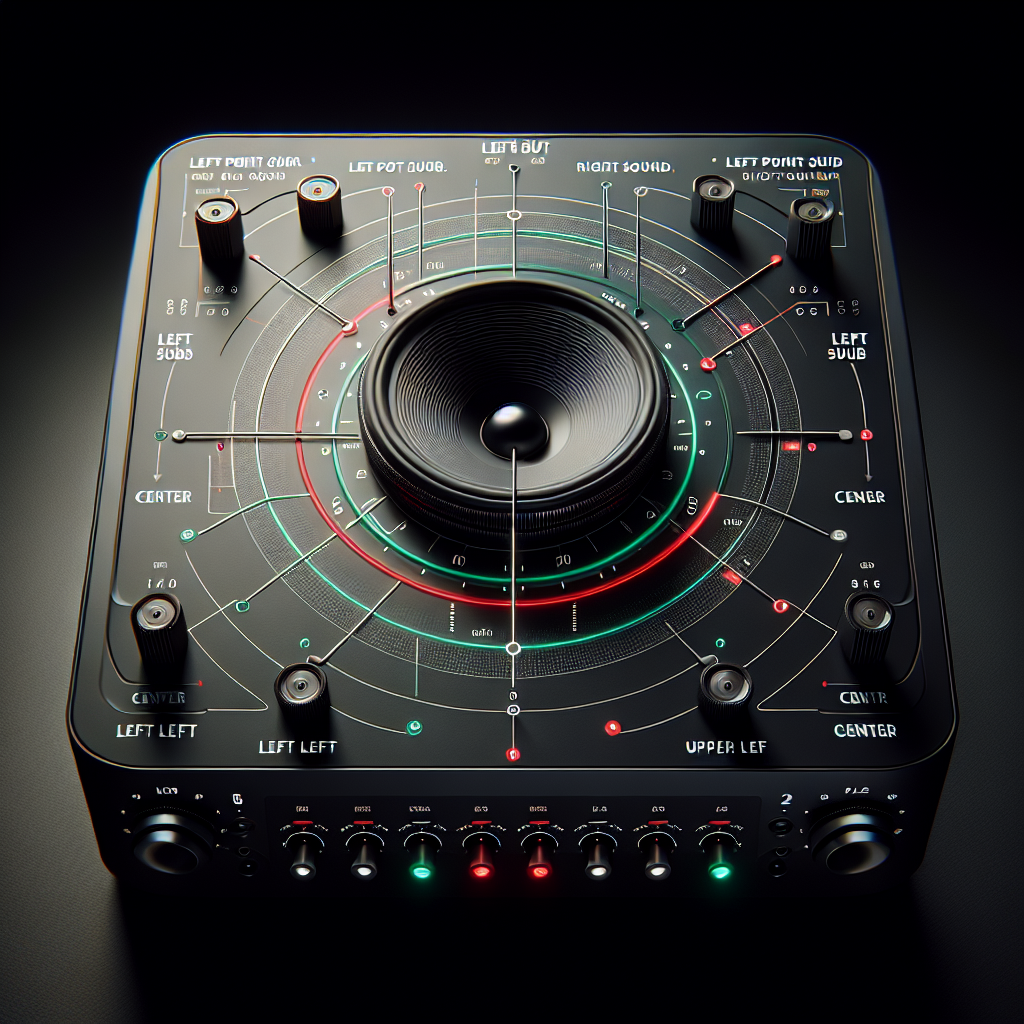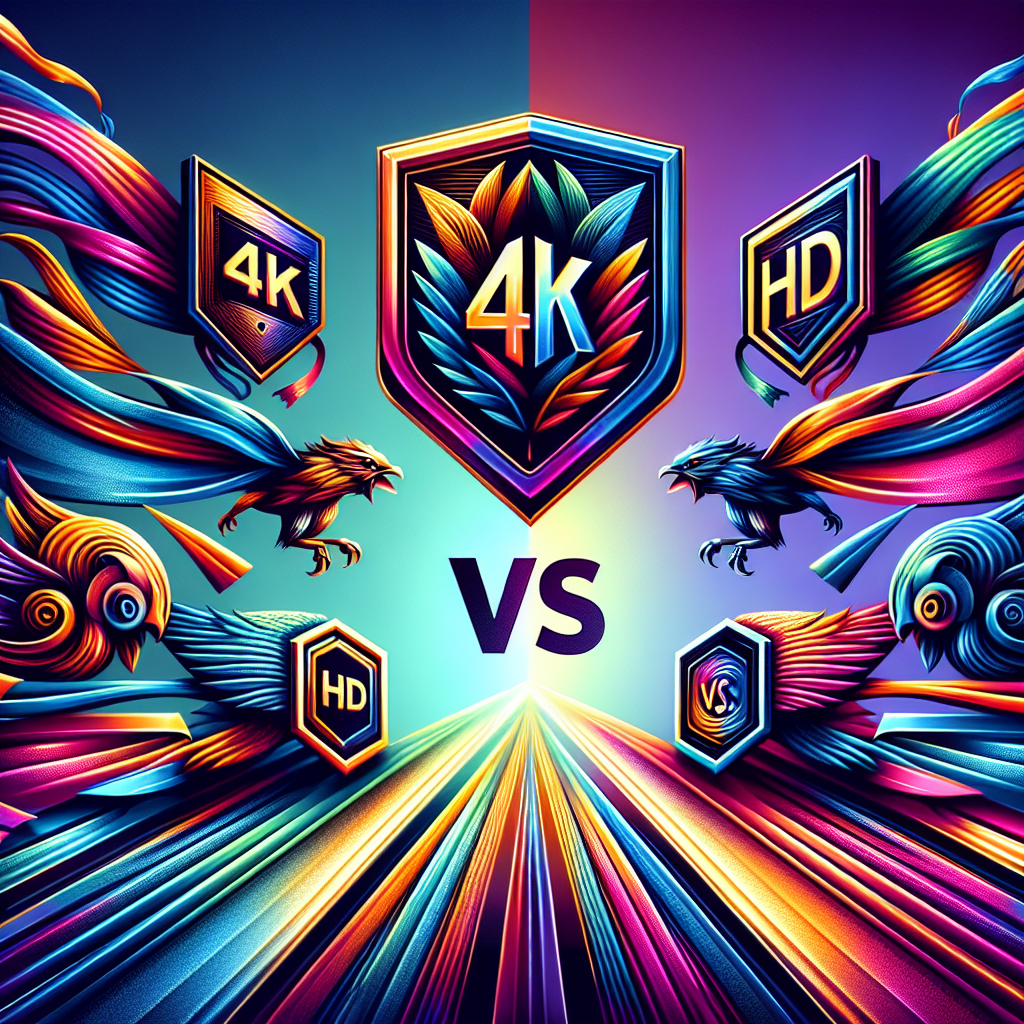Mastering HDMI Troubleshooting: A Comprehensive Guide
hdmi technology has revolutionized how we connect devices in our home theater systems, offering unmatched audio and video quality through a single cable. However, like any other technology, HDMI is not immune to issues. From frayed wires to handshake failures, HDMI troubleshooting is essential for anyone wanting to ensure their movie nights remain hassle-free. In this guide, we’ll delve into common HDMI problems and offer simple, effective tips for HDMI cable replacement and leveraging the full potential of HDMI technology.
Recognizing the Signs of a Failing HDMI Cable
Identifying a bad HDMI cable is the first step towards resolution. Common indicators include no picture, a blurry or discolored display, intermittent picture, poor resolution, or no sound. If you encounter these issues, it’s time to consider HDMI cable replacement or to check for other underlying problems affecting your setup.
Simple Solutions for Common HDMI Problems
- Frayed Wires: Inspect your HDMI cable for any physical damage. Frayed or exposed wires can disrupt the signal, leading to poor quality audio or video.
- Re-Sequencing Device Turn-On: Sometimes the order in which you turn on your devices matters. Experiment with different sequences to find the one that works best.
- Adjustment of Settings: Ensure your devices are configured correctly, from resolution settings to HDCP compatibility for seamless DVI integration.
- Use of High-Speed Cables: For HDR content, make sure you’re using high-speed HDMI cables that can handle the required bandwidth.
The Special Role of HDMI in Home Theaters
HDMI, or High Definition Multimedia Interface, has become indispensable in modern home theaters. It’s not just about transmitting audio and video; HDMI cables also carry critical ‘handshake’ information that facilitates copyright protection and device compatibility. Furthermore, HDMI ARC and CEC technology simplify controlling multiple devices with a single remote, emphasizing the importance of HDMI technology in creating a unified, user-friendly entertainment experience.
HDMI Handshake Issues and Resolutions
HDCP handshake issues can disrupt your viewing, particularly with copyrighted content. To troubleshoot, try re-sequencing your device turn-on process or checking for input errors. HDMI technology and proper HDMI cable replacement are crucial in maintaining a seamless connection between your devices, ensuring content protection and quality delivery standards are met.
HDR and HDMI: Ensuring Peak Performance
High Dynamic Range (HDR) enhances the picture quality by providing a wider color range. To fully enjoy HDR content, using High-Speed HDMI cables and ensuring device compatibility is critical. Sometimes, adjusting your device’s video resolution settings might be necessary to match your TV or projector‘s capabilities, highlighting the pivotal role of HDMI technology in delivering an exceptional viewing experience.
Conclusion: Embracing HDMI Technology
HDMI technology stands at the Heart of modern home theaters, combining audio and video transmission’s convenience with advanced features like HDCP protection and CEC control. By mastering HDMI troubleshooting, from simple HDMI cable replacement to deeper HDCP handshake issues, you ensure that your home theater system remains at the forefront of performance and ease of use.
Remember, the right knowledge and a bit of troubleshooting can go a long way in enhancing your home entertainment system. So next time you face an HDMI hiccup, refer back to this guide and keep your movie nights running smoothly.
Related Questions
| Question | Answer |
|---|---|
| Do HDMI cables go bad over time? | Yes, HDMI cables can degrade, especially with heavy use or physical damage. Regular inspection and replacement when necessary are recommended. |
| Can cheap HDMI cables cause problems? | While affordable, low-quality HDMI cables might seem appealing, they can lead to issues like poor picture quality or connectivity problems in the long run. |

